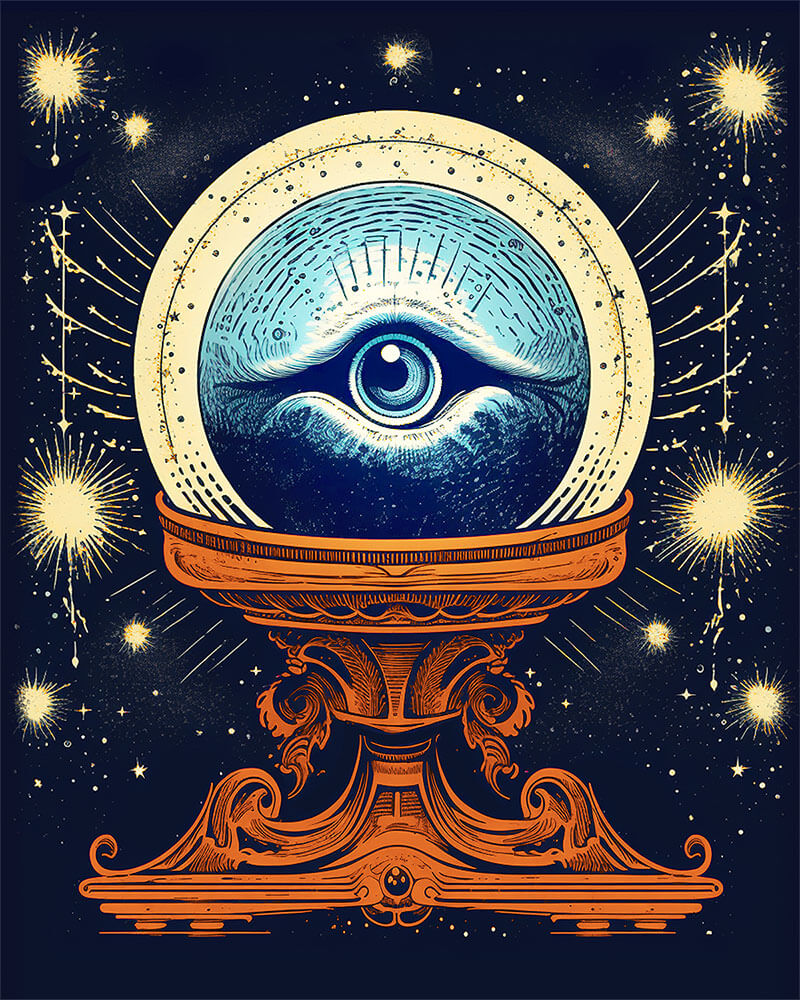My career began at the tail end of the "Mad Men" era, just as London's agency scene was exploding (yes, I’m old). Saatchi & Saatchi, BBH, and AMV were making waves, establishing London as a creative force distinct from Madison Avenue's giants. This period saw the rise of influential design shops, and I recall collaborating with future JKR partners at Whitbread. It was an exciting time of innovation and establishing London's creative identity, built on a foundation of strong professional relationships.
In those days, account handlers were valued for their intelligence and personality. Agencies often had a fraternity-like atmosphere, with long hours, shared meals, and plenty of socializing. Ashtrays were standard on every desk, and secretaries acted as gatekeepers in the pre-digital age. This allowed for a degree of freedom, as long as client relationships were nurtured and briefs kept coming. Oversight was minimal, and office dynamics often blurred professional and personal lines. Clients, often leading less exciting lives, enjoyed the agency environment, and agencies catered to this dynamic, fostering a sense of shared experience.
Strong relationships between agency partners and clients were absolutely crucial. Client tenure was long, and they largely dictated business practices. Client entertainment was lavish, with dinners, nights out, and Cannes trips all billed to the account. While this seems questionable by today's standards, it was the norm, the investment in personal connection.
Deals were sealed on the golf course with a handshake, reflecting the trust cultivated over decades.
Clients confided in me, and discretion was paramount. This close client-agency relationship was mutually beneficial. Agency professionals became trusted advisors, offering objective solutions informed by their understanding of the client's business. Years later, running my own agency, I fostered similar connections by taking clients on hikes along the Ridgeway. These informal outings, combining exercise, food, and conversation, facilitated open communication and built trust, ultimately improving our collaborative work. It reinforced the idea that shared experiences outside the formal office environment were invaluable for building rapport.
Creativity wasn't confined to a title; it was a mindset. While advertising agencies boasted creative teams, retail promotion agencies initially lagged. Account handlers had to generate ideas, sketch them, and work with studio illustrators. Strategy involved rationalizing ideas based on available knowledge. This system, while functional, was limited. The world wasn't exclusively populated by one demographic. Eventually, creative directors were hired in below-the-line agencies, though creative teams took time to gain acceptance. Brainstorming sessions were the standard approach to briefs, with the creative director refining the best ideas into visuals. Over time, a clear division emerged between creatives and account handlers. However, this also led to account handlers losing confidence in their own creative abilities. I always encouraged agency staff to remain engaged with their client's businesses, exploring the world their brands inhabited. Whether it meant visiting relevant locations or immersing themselves in the client's industry, engagement and creative thinking were essential. This fostered a shared understanding and strengthened the team's ability to connect with the client's vision.
Strategy and planning became pivotal to agency success, not the given standard it is now. They say,
Knowledge is knowing that a tomato is a fruit; wisdom is knowing not to use it in a fruit salad.
Agencies were finally being judged on the quality of their thinking as much as their creative output. Initially, skilled account handlers transitioned into strategic roles. Eventually, dedicated planners emerged, becoming central to the agency, providing the context for evaluating creative work. The best strategists anticipate future market trends, impacting campaigns, packaging, and products. This requires courage from both clients and agencies, a shared willingness to take calculated risks. Strong ideas need champions. Iconic work succeeded due to the strength of the ideas and the conviction of the marketing directors and client teams. Risk-taking is often touted, but many clients and agencies shy away from it, impacting the potential for truly innovative work. Strong relationships, built on mutual respect, make it easier to take these risks together. Moxie Sozo’s head of strategy makes this a point when starting every project.
Throughout my career, I've witnessed the cycle of various advertising tactics as technology has evolved (again, I'm old). From posters and television to digital media, computers, phones, online shopping, and now AI, each innovation is met with excitement and a rush to understand it. These trends typically take a few years to become mainstream. Understanding what works for a specific brand is essential, but "new" often requires insights from individuals with different backgrounds and experiences. Humility and listening are far more valuable than pretending to be "down with the kids." This requires building relationships with diverse talent, young and old, and valuing their perspectives.
One of the most significant changes has been the gender balance in agencies and client businesses (although we still have a long way to go, even after 60+ years). The "Mad Men" era, while depicted as a time of drinking, partying, and smoking, often masked the reality of narcissistic leaders abusing their power. Today's agency landscape is far more balanced, with leadership roles held by individuals of all genders. My business partners at Moxie Sozo are thoughtful and understated, and key functions are led by strong female professionals – because they are some of the best in the industry. Cheers to Gressa, Moxie's VP; Brie, the one who keeps our heads on straight and manages every detail of client relationships; Lindsay, our strategic workshop connoisseur; Anne, the creative brains, and Lisa, who puts the dev in biz dev, for a cracking job. A whip-smart group of individuals lead each department at Moxie Sozo.
The agency’s focus is on developing standout brands through rigorous planning, research, and creative execution, tailored to the specific context, whether in-store, online, or in advertising.
While the allure of late nights might appeal to a younger self, being part of a balanced team focused on producing excellent work, without the drama of the 80s, is far more rewarding.
This approach fosters a more collaborative and respectful environment, benefiting both the work and the individuals involved.
The fundamental principles that guided me in 1982 London remain relevant in 2025 Boulder. The best work stems from strong, trusting relationships built on mutual respect for creative and strategic thinking. Collaboration is always preferable to transactions. However, the emerging and ongoing principles of diverse leadership with young strategic thinkers are paving the way for the next generation of formidable agencies. The best organizations are inclusive, and personal courage and integrity should define leadership. These principles are not just about business; they are about building a community of professionals who value connection, creativity, and ethical practice.
%20(2).png)




